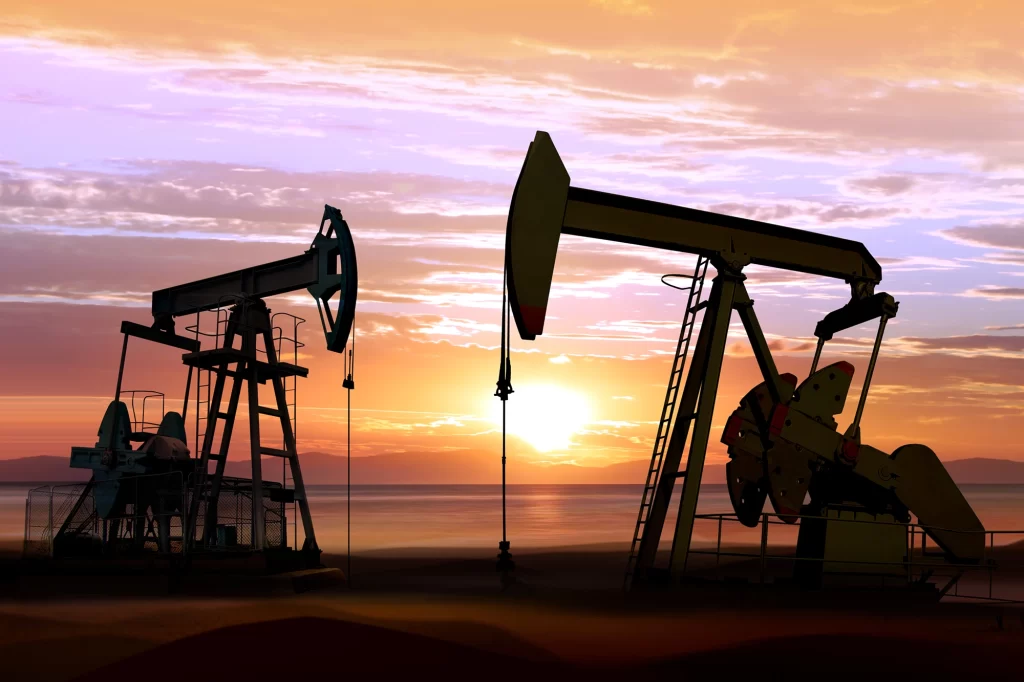CRUDE OIL
Products
CRUDE OIL
Crude oil is considered unrefined petroleum amassed deep in the earth’s crust. Being a raw natural resource, it is obtained through drilling and refined into products: jet fuel, gasoline, distillates such as diesel fuel and heating oil, lubricating oils, etc. The most popular use of crude oil is to produce fuel for different vehicles and machines like generators and heaters. It’s the world’s most in-demand fossil fuel, which is traded in more than 160 varieties.
Crude oil is also crucial as a raw chemical ingredient. The technology relies on it and is available in nearly everything we use today, from cell phones and car parts to wind turbines. Because of its raw and unrefined state, crude oil possesses various consistencies and densities. It spans from a very thin, volatile fluid to semi-solid and viscous material. Despite this, crude oil is celebrated as “black gold,” and ranges from a dazzling golden yellow to a pitch-black hue.

EPA Classifications
Crude oil is considered unrefined petroleum amassed deep in the earth’s crust. Being a raw natural resource, it is obtained through drilling and refined into products: jet fuel, gasoline, distillates such as diesel fuel and heating oil, lubricating oils, etc. The most popular use of crude oil is to produce fuel for different vehicles and machines like generators and heaters. It’s the world’s most in-demand fossil fuel, which is traded in more than 160 varieties.
Crude oil is also crucial as a raw chemical ingredient. The technology relies on it and is available in nearly everything we use today, from cell phones and car parts to wind turbines. Because of its raw and unrefined state, crude oil possesses various consistencies and densities. It spans from a very thin, volatile fluid to semi-solid and viscous material. Despite this, crude oil is celebrated as “black gold,” and ranges from a dazzling golden yellow to a pitch-black hue.
EPA Classifications
According to the Environmental Protection Agency (EPA), crude oil typically exists in four classes: Class A, Class B, Class C, and Class D. These are essential to gain a better understanding of general toxicity as well as physical changes.
Class A: It features the majority of refined products along with an assortment of high-quality crude oils. Although Class A is highly valued, it can be extremely hazardous to human, animal and environmental health.
Class B: These oils have the consistency of wax and oil and are low-level toxic. They adhere to surfaces with a greater tenacity degree than Class A oils. As the temperature increases, they will likely seep through porous layers or surfaces.
Class C: Such crude oils are often dark brown or black in color, have a density similar to water’s, and have a proneness to sink. Even while Class C crude oil is the least poisonous, it is nevertheless capable of causing damage to wildlife.
Class D: In general, Class D oils have a dark black or brown color, and if be, they have the potential to coat surfaces almost permanently. These mainly include residual oils, heavy crude oils, weathered oils, and select oils with a high paraffin content and are classified as a toxicity class II-moderately toxic
Why Partner with PROSPRINCA ENERGY for Crude Oil?
Inevitably, “PROSPRINCA ENERGY” and it’s JOINT VENTURE GLOBAL PARTNERS are the market leader in Middle Distillates. We are involved in trading a diverse selection of crude oil grades and types hailing from all over the world. We source our significant volumes of crude oil from the Far East, the Middle East, and North Africa. As an international crude oil supplier, we continue to leverage our efforts in the pipeline industry throughout the United States. Additionally, Prosprinca’s Crude Oil department strives to expand the turnover of its storage facilities with efficiency, expertise, and transparency.


